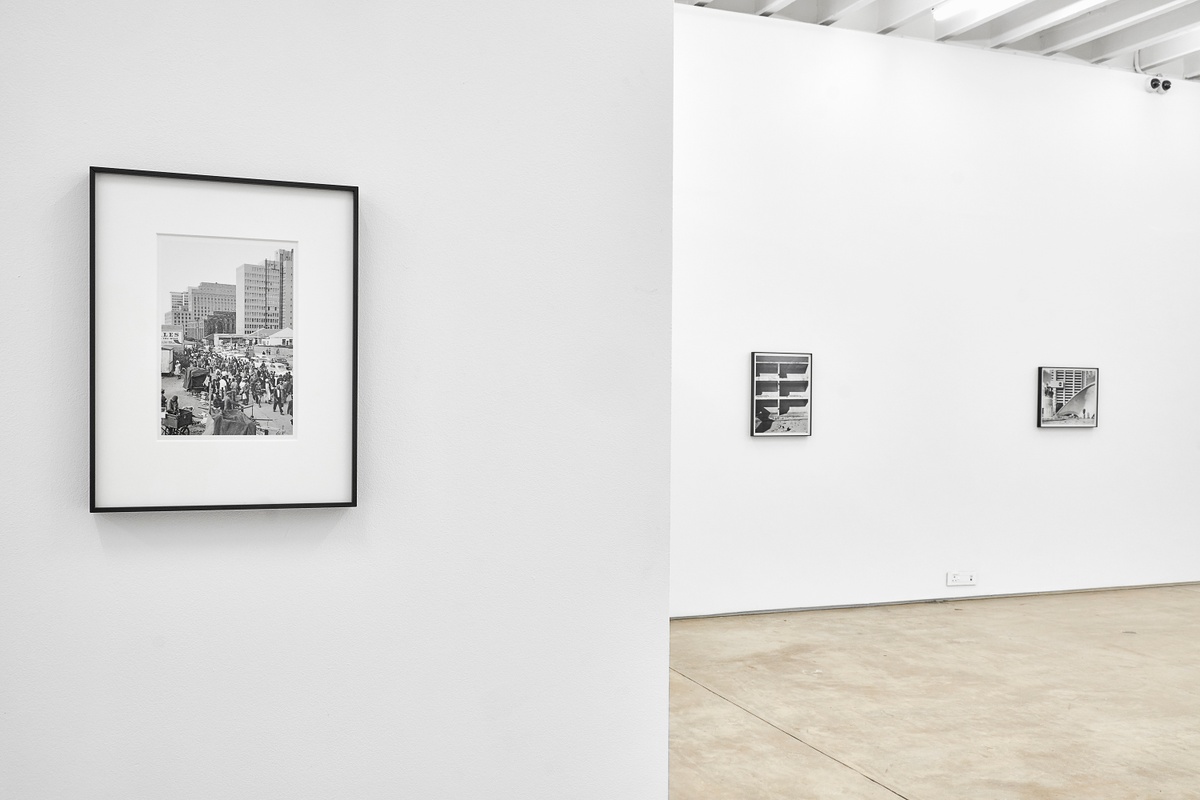David Goldblatt

Goldblatt’s photographs, like their captions, are plain-spoken but never prescriptive. He does not signal moral sentiment nor pass judgement on his subjects. Like his images, the words which accompany them are studies in precision. His language is largely unadorned and bare, given to fact rather than feeling. These two parts, Goldblatt found – the image and its text – are not only necessary to one another but analogous. “The kind of photography I am interested in is much closer to writing than painting,” Goldblatt told the art historian Jonathan Cane. “Making a photograph is rather like writing a paragraph or a short piece… There is the possibility of making coherent statements in an interesting, subtle, complex way.” As such, Evening exodus on West Street extends beyond its apparent subject, beyond its images and words (which are contained and matter-of-fact) to speak of life beyond the frame, its intricacies and entanglements. It is a telling part of a fractured whole.
This photograph appears in Fifty-one Years, 2001; Kith Kin & Khaya, 2011; TJ, 2011; and The Pursuit of Values, 2015.
b.1930, Randfontein; d.2018, Johannesburg
“I was drawn,” the late photographer David Goldblatt wrote, “not to the events of the time but to the quiet and commonplace where nothing ‘happened’ and yet all was contained and immanent.” A preeminent chronicler of South African life under apartheid and after, Goldblatt bore witness to how this life is written on the land, in its structures or their absence. Unconcerned with documenting significant historic moments, his photographs stand outside the events of the time and yet are eloquent of them. Through Goldblatt’s lens, the prosaic reveals a telling poignancy. Even in those images that appear benign, much is latent in them – histories and politics, desires and dread. His photographs are quietly critical reflections on the values and conditions that have shaped the country; those structures both ideological and tangible. Among his most notable photobooks are On the Mines (1973), Some Afrikaners Photographed (1975), In Boksburg (1982), The Structure of Things Then (1998), and Particulars (2003).
